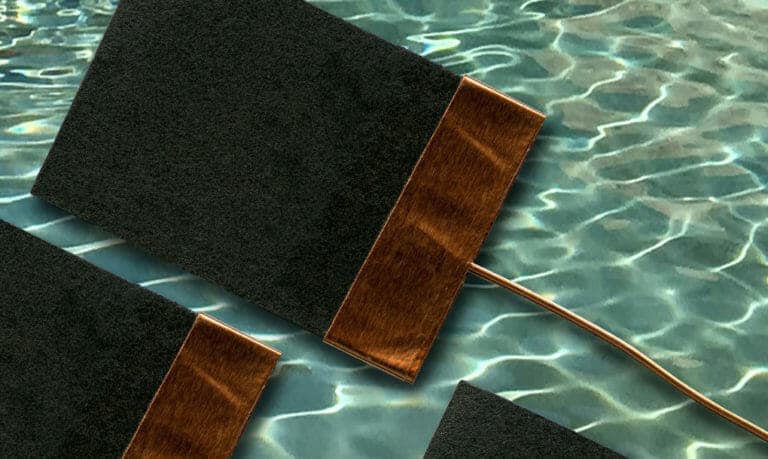Ridding water of tiny concentrations of pollutants isn’t easy. Typically, a lot of energy or chemicals are required to remove these dangerous contaminants – but that could change. Scientists at the Massachusetts Institute of Technology (MIT) and the Technical University of Darmstadt in Germany have come up with an electrochemical process able to pull out toxins like chemical wastes, pharmaceuticals, or pesticides. Their process could help people in developing countries obtain water without those unhealthy compounds.
The scientists pioneered an electrochemical process able to selectively get rid of organic pollutants, which can be harmful even in minimal amounts. Here’s how it works: small surfaces are coated with Faradaic materials which can become positively or negatively charged after reactions. An electrical source is added to the surfaces, and then as water flows around the materials, the surface materials are tuned to bind with noxious pollutants. Unlike other systems that require either high pressures or high voltages to work, the new way can function at what chemical engineering professor T. Alan Hatton described as relatively benign low voltages and pressures. The system could help people in the developing world obtain water free of toxic pollutants. Chemical engineer Xiao Su […]
Full article by Lacy Cooke: New MIT water purification method eliminates even trace chemical waste and pesticides
More about pharmaceuticals in drinking water:
Fourteen Drugs Found in New York City’s Drinking Water
Anxiety drugs are getting into the water we drink. This is how we could stop them
Algae from wastewater solves two problems: biofuel and cleanup
Cocaine in the water makes eels hyperactive and damages muscles
Septic systems are a major source of emerging contaminants in drinking water

